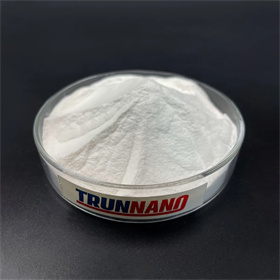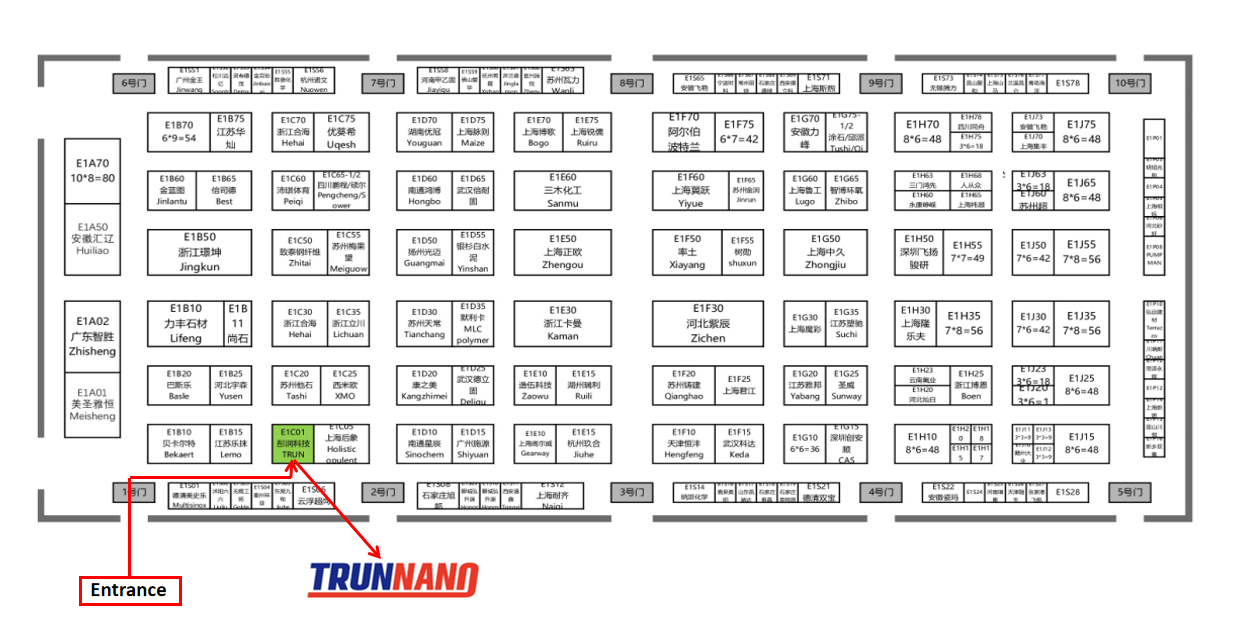Betaine surfactants
It is produced by the reaction of fatty tertiary amines and salt chloroacetate, consisting of cocoylpropyl betaine, dodecyl betaine, cetyl betaine, and lauroyl propyl betaine. It is milder than the first three and is presently the major surfactant in child shampoo.
In 1940, the American DuPont Business designed and applied this sort of substance. Like amino acid surfactants, this type of surfactant has strong detergency and low inflammation, and the solution is weakly acidic. Pet experiments have actually verified that this kind of substance is much less harmful. It is an ideal surfactant.
( surfactants in shampoos)
Amino acid surfactants
Made from a mix of coconut oil and amino acids, it is risk-free, mild, and non-irritating. One of the most essential point is that it is normally weakly acidic and satisfies the pH needs of healthy and balanced skin and hair. It is the optimal surfactant in baby shampoo. They are “cocoyl glycine,” “cocoyl glutamate disodium,” etc
From the viewpoint of chemical homes, its pH worth is between 5.5 and 6.5, which is weakly acidic and near to the pH value of human skin. Thus, it is mild and skin-friendly and appropriate for all hair kinds; amino acid surfactants are zwitterionic and easily soluble in water. It is very easy to rinse tidy.
Yet it also has restrictions. Amino acid surfactants are a number of to lots of times much more costly than normal surfactants, and a lot of are hair shampoos particularly created babies and young kids. The negative aspects of amino acid surfactants are that they are not rich in foam and have weak decontamination capability.
The phenomenon of solidification and turbidity of surfactants in winter season is primarily due to the low temperature level creating a few of its parts to crystallize or precipitate.
(surfactants in shampoos)
What if surfactant solidifies and comes to be turbid in winter?
This is a physical phenomenon and does not have a significant effect on the effectiveness of surfactants. In order to address this trouble, the following techniques can be taken:
1. Increase the temperature level: Place the surfactant in a cozy environment or enhance its temperature by heating to ensure that the taken shape or sped up elements will progressively dissolve and the surfactant will certainly return to a clear state. However, it must be kept in mind that the temperature level ought to be stayed clear of when heating up to prevent influencing the surfactant’s performance.
2. Mixing: For surfactants that have solidified or become turbid, they can be brought back to an uniform state by stirring. Stirring can aid taken shape or precipitated active ingredients redisperse right into the fluid and boost surfactant quality.
3. Include solvent: Sometimes, an appropriate amount of solvent can be included in thin down the surfactant, consequently boosting its coagulation and turbidity. Nonetheless, the included solvent need to be compatible with the surfactant and ought to not influence its usage impact.
Vendor of Surfactant
TRUNNANO is a supplier of surfactant with over 12 years experience in nano-building energy conservation and nanotechnology development. It accepts payment via Credit Card, T/T, West Union and Paypal. Trunnano will ship the goods to customers overseas through FedEx, DHL, by air, or by sea. If you are looking for high-quality Sodium n-Octanol sulfate CAS 142-31-4, please feel free to contact us and send an inquiry.
Inquiry us





